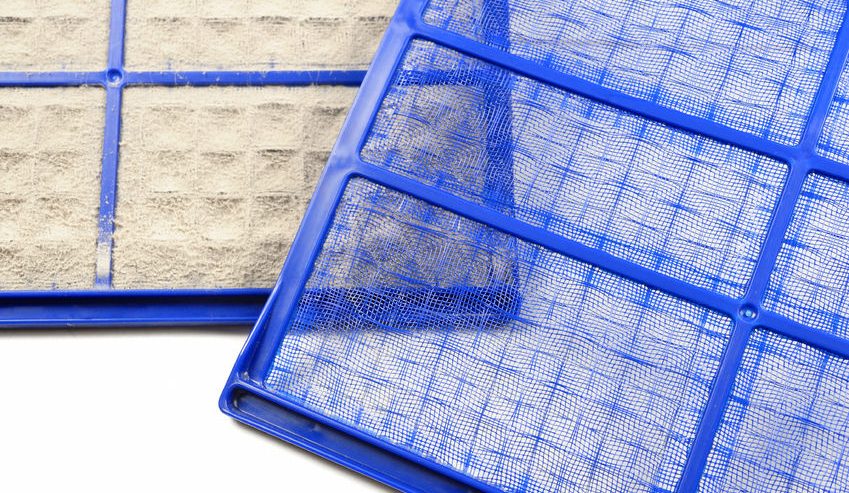Comparing Air Conditioning Filter Brands
Changing the air filter for your air conditioner is one of the most important things you can do for your HVAC system. Keeping your filter clear, and installing a new one every two months or so, will keep the air quality in your home high in your family breathing easy. However, if you’ve never changed a filter, it can be hard to know what’s the right brand to use.
Like any project related to your home, getting the right filters for your air conditioner is a matter of doing the proper research and comparing brands. Read on for more information about brands of air filters that can help you decide which one is right for the air conditioning system in your home.
Start with MERV
No, MERV isn’t the name of your local air filter sales person. It stands for Minimum Efficiency Reporting Value. The MERV number is used to indicate how effective your air filter is at catching the particles that are going through it.
Cheap air filters have low MERV ratings, while more expensive ones have higher MERV ratings. If your home typically experience a lot of air borne allergens, it’s important to make the investment in an air filter with a higher MERV rating. For example, here are a few types of filters and their accompanying MERV ratings:
- Cheap cardboard filters have a MERV rating between 1 and 4. They are primarily there just to protect your equipment at the most basic level, and do nothing to help improve the quality of your home air.
- Pleated filters come in at a rating of 10 to 13. They can pull out 45% of the particulates in the air, considerably improving the air quality.
- High efficiency filters move that number from 45% to 85% and come with MERV ratings between 14 and 16. They are great for your home HVAC system.
- HEPA are top of the line filters. They top the scale, with a MERV rating between 17 and 20. They are designed to pull 98% of the pollutants out of your home air; however, they can be very expensive and are typically used in stand-alone air purification systems.
Look at the Microns
Another measure you can use to compare brands of air filters is the size of the particles they capture. This measurement is typically made in microns.
Dust in your home is made up of very small dirt particles, which can be as small as .001 microns and as large as 100 microns. Larger particles typically never make it into your filtration system instead landing on your furniture and needing to be cleaned up by hand or with a duster.
Smaller particles are pulled into your HVAC system and then distributed throughout your home. Lower efficiency air filters tend to pull out everything 10 microns and larger. Higher efficiency filters can catch smaller and smaller particles, down to about 0.3 microns.
The smaller particles are the ones that can really affect the air quality in your home, with the most damaging being 5 microns or smaller. If you have a good deal of dust in your home, it’s a good idea to choose an air filter capable of catching the smallest microns possible.
How to Choose
So which brand is best? You need to weigh cost against the power to clean the air. It may be worth going with a more expensive brand that keeps more particles out—especially if you have people living there with breathing or other respiratory issues.
Choose the Right Brands of Air Filters for Your Family
It’s hard to fully enjoy your home when you don’t have the air quality that you need. Install the right brands of air filters in your air conditioning system and you and your family will be able to breath comfortably all throughout the year.





Comments
Comments are disabled for this post